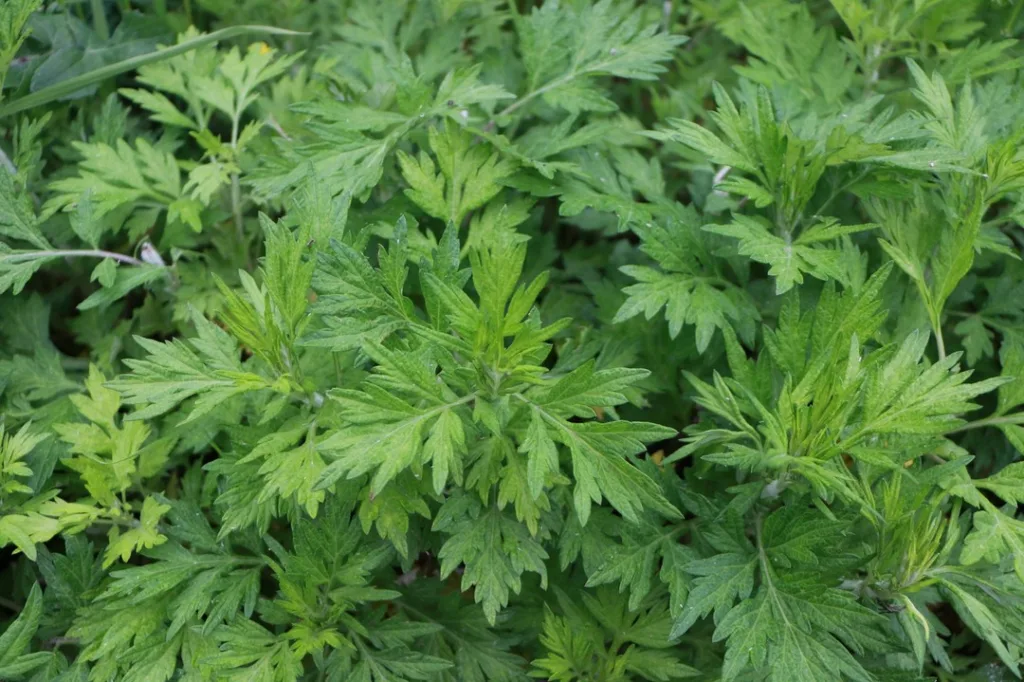The Alluring Allure of the Nepenthes Ampullaria
For any plant enthusiast, the Nepenthes genus holds a captivating allure. These carnivorous wonders, also known as pitcher plants, boast an otherworldly beauty with their modified leaves transformed into captivating traps. But among this captivating cast, the Nepenthes ampullaria stands out – a plant that blurs the lines between predator and decomposer. As a fellow plant fanatic, I’ve been engrossed by the Nepenthes ampullaria, and today, I want to share its secrets with you.
Plant Family: Nepenthaceae – 207 Species in Genus Nepenthes
What is the Nepenthes Ampullaria?
The Nepenthes ampullaria, with its name derived from the Latin word “ampulla” meaning “flask,” is a truly unique member of the pitcher plant family. Unlike its carnivorous brethren, the Nepenthes ampullaria has taken an unusual evolutionary turn. While it retains the iconic pitcher-shaped traps, it gets its sustenance not primarily from insects but from decomposing organic matter – fallen leaves, detritus, even the occasional insect casualty. This fascinating shift makes it a detritivore, a plant that thrives on the breakdown of dead organic materials.
Why is the Nepenthes Ampullaria Found on the Forest Floor?
This dietary shift directly influences where the Nepenthes ampullaria thrives. Unlike the more flamboyant, brightly colored pitcher plants that dangle from the rainforest canopy, the Nepenthes ampullaria prefers to keep its feet firmly on the ground, literally. It’s a low-growing plant, content to sprawl across the shady forest floor. This positioning allows it prime access to the very things it feeds on – the detritus that accumulates on the damp understory.
How to Grow Nepenthes Ampullaria?
While the Nepenthes ampullaria might seem like an exotic oddity, it’s surprisingly well-suited for cultivation. Here are some key things to remember if you’re considering adding this captivating plant to your collection:
- Light: Mimic its natural habitat. The Nepenthes ampullaria prefers bright, indirect sunlight. Avoid harsh afternoon sun, which can scorch the leaves.
- Temperature and Humidity: Think tropical. Aim for temperatures between 68-86°F (20-30°C) and high humidity levels (around 70% or more). Terrariums can be a great option for maintaining these conditions.
- Water: Use only distilled water or rainwater, as tap water can be detrimental. Keep the soil consistently moist but not soggy.
- Soil: Opt for a well-draining, peat-moss-based mix. Adding perlite or orchid bark can help with aeration.
- Feeding: While the Nepenthes ampullaria gets most of its nutrients from decomposing matter, providing occasional treats like bloodworms or crushed insects can be beneficial. Don’t overdo it, though – too much nitrogen can harm the plant.
Additional Tips for Nepenthes Ampullaria Care
Here are some bonus pointers to keep your Nepenthes ampullaria thriving:
- Avoid repotting frequently: These plants dislike root disturbance. Repot only when the current pot becomes overcrowded.
- Prune strategically: Pruning encourages bushier growth. Just make sure to sterilize your tools before cutting.
- Patience is key: Nepenthes ampullaria can be slow growers. Don’t be discouraged if it takes time to see significant growth.
The Nepenthes ampullaria may not be a ferocious predator, but its unique approach to obtaining nutrients makes it a fascinating addition to any plant collection. With the right care and a touch of patience, you can cultivate this captivating oddity and witness its otherworldly beauty firsthand.
If i die, water my plants!



